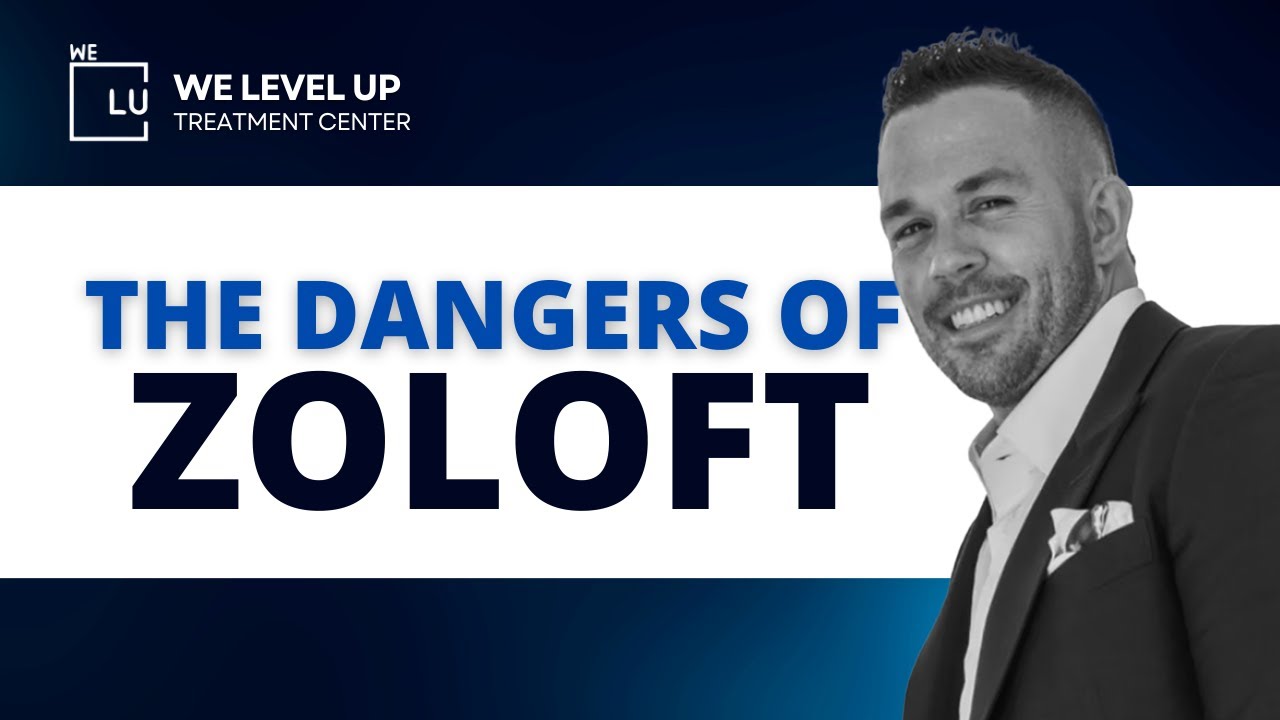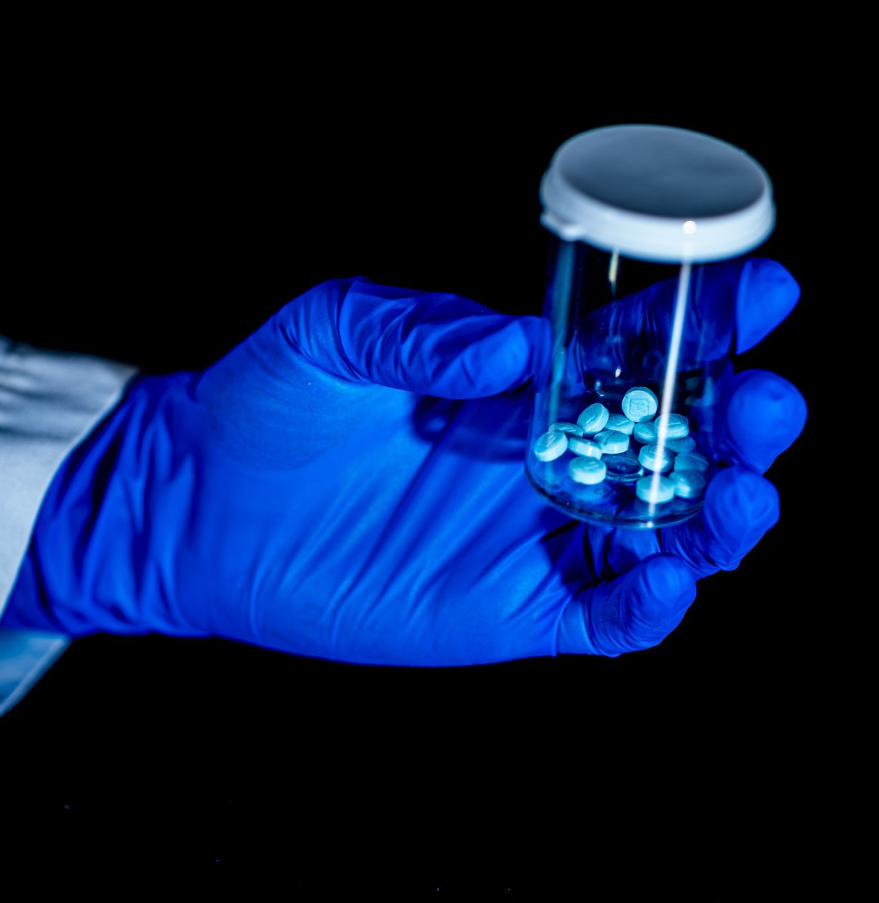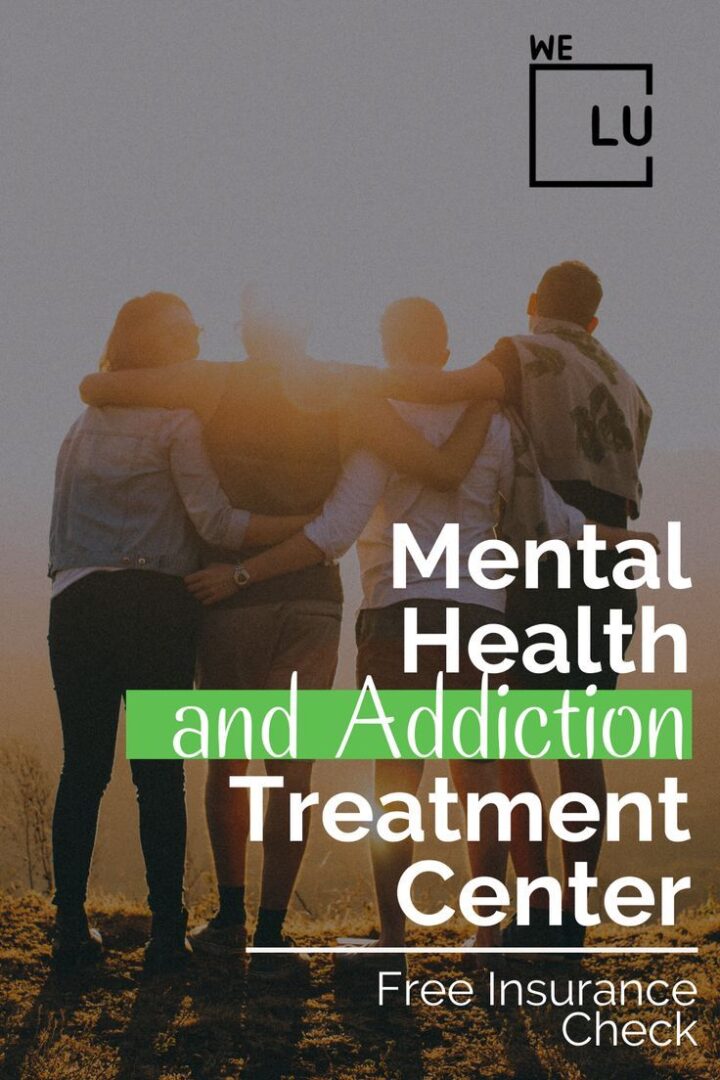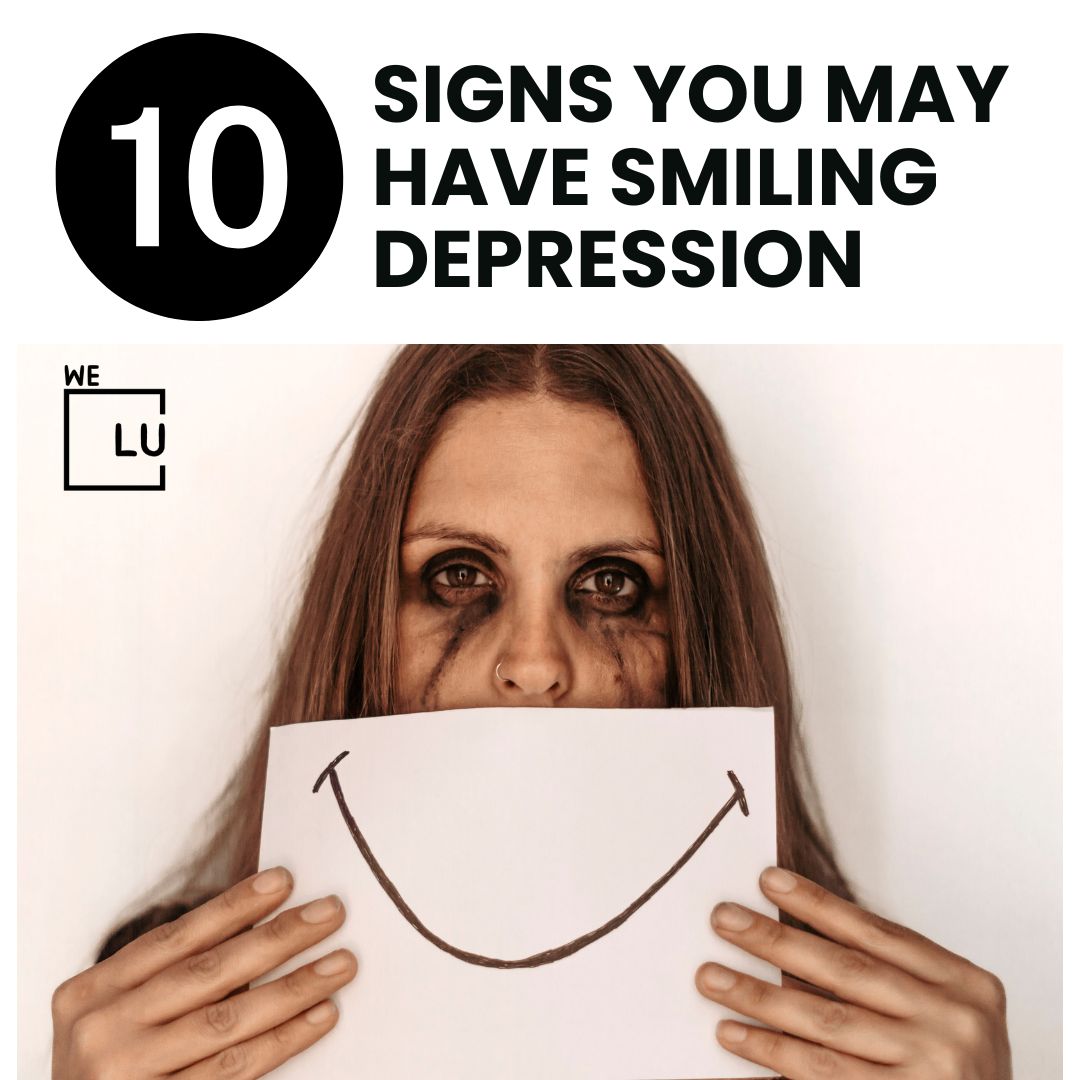Morphine addiction has serious consequences, including individuals engaging in criminal activity to fund their drug addiction or engaging in risky behaviors while under the influence of the drug. The consequences of morphine abuse can be disastrous, resulting in the loss of employment, homes, and family ties. Effective morphine addiction treatment is critical for those suffering from this ailment.
If you or someone you know is suffering from Morphine addiction, We Level Up Treatment Centers can help. Speak with our hotline specialists and discover the support and professional-accredited addiction treatment programs we offer.
What is Morphine?
Morphine, an opioid derived from the Opium poppy plant or concentrated poppy straw, is primarily used to alleviate pain. Its name traces back to Morpheus, the Greek god of dreams, owing to the euphoric sensation it can induce, often likened to a dreamlike state. Available in various forms like tablets, syrup, injections, and even smoked in some instances, Morphine is designated as a federally classified Schedule II drug.
This potent medication effectively manages moderate to severe pain, especially after major surgeries, for cancer-related pain and palliative care to ease end-of-life discomfort. However, owing to its ability to rapidly develop tolerance, Morphine is highly addictive. Some formulations now include abuse-deterrent coding to prevent misuse by crushing, snorting, or injecting the pills. While this measure has lessened the potential for addiction through prescribed Morphine, illicitly produced forms remain a concern.
Morphine also shares a chemical similarity with Heroin, stemming from their extraction from the same plant. Its accessibility and pleasurable effects contribute to its misuse. On the streets, Morphine is known by various slang names such as M, Miss Emma, Monkey, Roxanol, and White Stuff.
What are The Side Effects of Morphine?
Morphine, classified as a narcotic drug, is often misused due to its sought-after effects. Individuals dealing with chronic pain might misuse their prescribed medication, raising the risk of developing a substance use disorder.
Typical effects of Morphine include:
- Euphoria.
- Pain relief.
- Sleepiness or unusual drowsiness.
- Reduced anxiety.
- False or unusual sense of well-being.
- A relaxed or calm feeling.
Any unauthorized use of Morphine constitutes abuse. While legal with a prescription, Morphine is under strict regulation. Possession without a prescription is a criminal offense, with penalties varying based on jurisdiction and the quantity in possession.
Morphine Addiction Symptoms
Withdrawal from Morphine can be highly uncomfortable, particularly for heavy users. The severity of symptoms varies depending on factors like the user’s tolerance, overall health, metabolism, and the duration of drug use. Those who take high doses over a prolonged period usually experience more intense symptoms.
Common Morphine addiction and withdrawal symptoms:
- Runny nose.
- Watery eyes.
- Fever.
- Vomiting.
- Nausea.
- Headaches.
- Sweating.
- Chills.
- Muscle aches.
- Diarrhea.
- Increased blood pressure.
- Agitation.
- Anxiety.
- Depression.
- Disorientation.
- Insomnia.
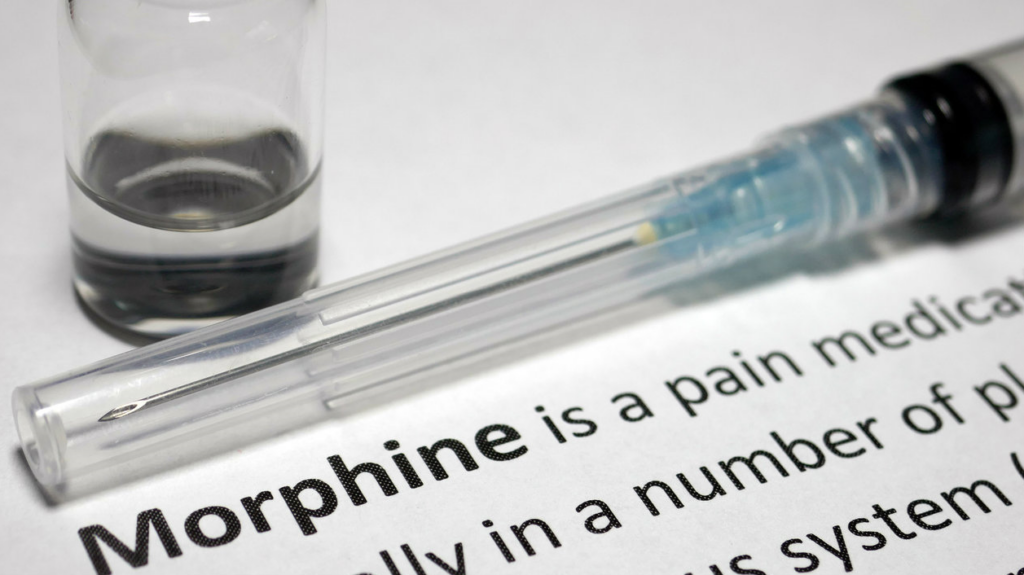
Skip To:
Learn More:
- How Long Does Morphine Stay in Your System?
- Morphine Withdrawal Symptoms, Timeline, and Detox Treatment
- Opiate Withdrawal
- Opioid Withdrawal Timeline
- Opioid Withdrawal Symptoms
- Fentanyl Detox Timeline and Withdrawal Symptoms
- Fentanyl Detox Timeline and Withdrawal Symptoms
- How Strong is Fentanyl? Fentanyl vs Other Opioids
- What is a Lethal Dose of Fentanyl? Deadly Fentanyl Dose Warnings
- What Is Fentanyl?
- Fentanyl Withdrawal
- Hydrocodone vs Oxycodone, Unveiling The Differences
Dehydration, which can be fatal, may result from many of these symptoms. Temperature swings can also hinder seeking treatment, although medications can alleviate withdrawal discomfort. While Morphine withdrawal symptoms aren’t typically life-threatening, they can be highly intense.
The discomfort of withdrawal sometimes leads users to relapse. A Morphine treatment program with medical detox can assist users through the withdrawal process, reducing the likelihood of relapse.
Get Help. Get Better. Get Your Life Back.
Searching for Accredited Drug and Alcohol Rehab Centers Near You? We Level Up Texas Is Opening Soon!
Even if you have failed previously and relapsed, or are in the middle of a difficult crisis, we stand ready to support you. Our trusted behavioral health specialists will not give up on you. When you feel ready or just want someone to speak to about therapy alternatives to change your life call us. Even if we cannot assist you, we will lead you to wherever you can get support. There is no obligation. Call our network hotline today.
FREE Addiction Hotline – Call 24/7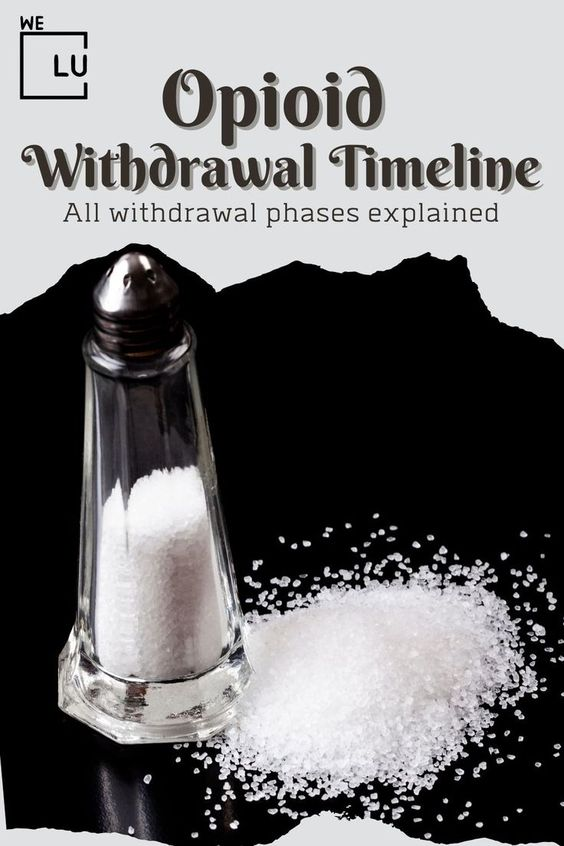
How Addictive Is Morphine?
Morphine is highly addictive, and its potential for dependence and abuse is well-established. The addictive nature of morphine is primarily attributed to its euphoric side effects, leading to misuse and, in some cases, addiction.
Factors influencing the likelihood of addiction include the dosage, duration of use, individual susceptibility, and any history of substance abuse. Tolerance, where increasing amounts of the drug are needed to achieve the same effects, and physical dependence can develop with regular use of morphine.
Morphine addiction evolves due to consistent abuse and various factors. Typically, addiction begins with building a tolerance, necessitating higher Morphine doses for the same effect. Once tolerance sets in, withdrawal symptoms surface during abstinence, making quitting challenging. Often, psychological dependence follows the physical one.
Addicted individuals exhibit compulsive behavior in seeking and using Morphine, disregarding negative consequences. Morphine addiction closely resembles Heroin addiction and proves challenging to overcome. Abruptly stopping Morphine intake leads to severe discomfort; hence, medically supervised detoxification is the recommended approach to eliminate the substance from the body. Seek guidance from a treatment provider to explore available treatment avenues.
Causes Of Morphine Addiction
Morphine addiction can arise from various factors, and it is often the result of a combination of biological, psychological, and environmental elements.
- Pain Management: Morphine is frequently prescribed for pain management, especially in cases of severe or chronic pain. Individuals may develop a dependence on morphine as they seek relief from persistent pain, leading to a reliance on the drug.
- Brain Chemistry: Morphine acts on the brain’s reward system by binding to mu-opioid receptors, releasing dopamine, and producing pleasurable sensations. Over time, the brain may adapt, and individuals may require higher doses to experience the same effects, contributing to the development of tolerance and dependence.
- Genetic Factors: Genetic predisposition can play a role in an individual’s susceptibility to addiction. Some people may be more genetically prone to developing dependence on opioids like morphine.
- Psychological Factors: Mental health conditions, such as depression, anxiety, or trauma, can increase the risk of morphine addiction. Individuals may use the drug as a way to self-medicate or cope with emotional pain.
- Environmental Influences: Social and environmental factors, such as peer pressure, family history of substance abuse, and easy access to opioids, can contribute to the initiation and continuation of morphine use.
- Prescription Practices: Overprescribing or inappropriate prescribing of morphine by healthcare providers can contribute to the development of addiction. In some cases, individuals may start using morphine for legitimate medical reasons but then misuse or develop dependence on the drug.
- Lack of Education: Limited understanding of the potential risks and consequences of morphine use, including the potential for addiction, can contribute to misuse and dependence.
Get Help. Get Better. Get Your Life Back.
Searching for Accredited Drug and Alcohol Rehab Centers Near You? We Level Up Texas Is Opening Soon!
Even if you have failed previously and relapsed, or are in the middle of a difficult crisis, we stand ready to support you. Our trusted behavioral health specialists will not give up on you. When you feel ready or just want someone to speak to about therapy alternatives to change your life call us. Even if we cannot assist you, we will lead you to wherever you can get support. There is no obligation. Call our network hotline today.
FREE Addiction Hotline – Call 24/7Challenges Of Morphine Withdrawal
Morphine withdrawal can be challenging, and there are potential risks associated with the process. Individuals considering withdrawal from morphine to be aware of these risks and seek professional guidance for a safe and supportive experience. Some of the challenges of morphine withdrawal include:
- Severe Withdrawal Symptoms: Withdrawal from morphine can produce intense physical and psychological symptoms, such as nausea, vomiting, diarrhea, muscle aches, anxiety, and insomnia. These symptoms can be overwhelming and may lead to complications if not managed appropriately.
- Dehydration and Nutritional Deficiencies: Symptoms like vomiting and diarrhea during withdrawal can lead to dehydration and nutritional deficiencies. Stay hydrated and maintain proper nutrition during withdrawal to support overall health.
- Medical Complications: In some cases, pre-existing medical conditions may be exacerbated during withdrawal. Individuals with certain medical conditions should undergo withdrawal under medical supervision to address any potential complications.
- Psychological Distress: Withdrawal from morphine can cause significant psychological distress, including anxiety, depression, and mood swings. Individuals with a history of mental health issues may be at an increased risk of experiencing exacerbations of these symptoms during withdrawal.
- Relapse Risk: The intense cravings and discomfort associated with withdrawal can increase the risk of relapse. Without proper support and coping strategies, individuals may be tempted to return to morphine use to alleviate withdrawal symptoms.
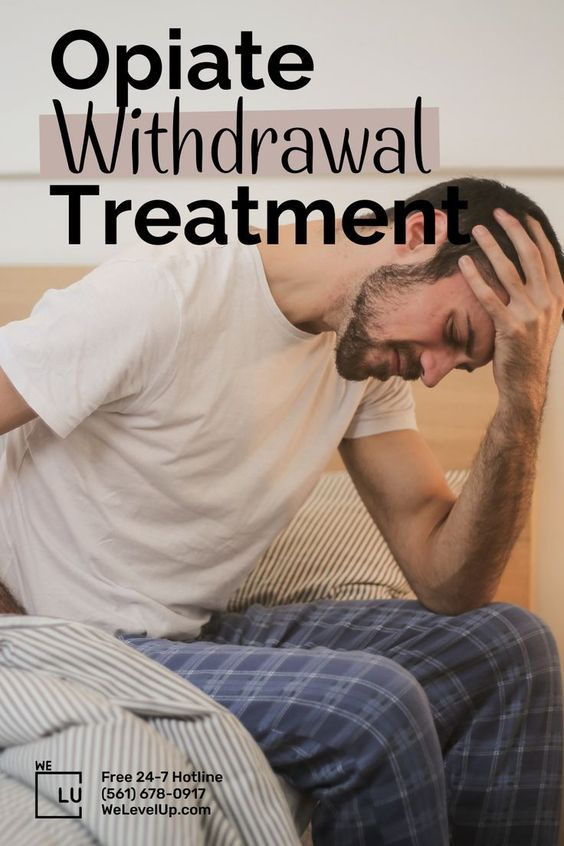
- Post-Acute Withdrawal Syndrome (PAWS): Some individuals may experience lingering symptoms known as Post-Acute Withdrawal Syndrome (PAWS). These symptoms, which can include mood swings, anxiety, and sleep disturbances, may persist for an extended period and pose challenges to ongoing recovery.
- Social and Environmental Factors: Withdrawal from morphine may be accompanied by social and environmental challenges, including strained relationships, employment issues, and legal problems. These factors can contribute to stress and complicate the recovery process.
Start a New Life
Begin with a free call to an addiction & behavioral health treatment advisor. Learn more about our dual-diagnosis programs. The We Level Up treatment center network delivers recovery programs that vary by each treatment facility. Call to learn more.
- Personalized Care
- Caring Accountable Staff
- World-class Amenities
- Licensed & Accredited
- Renowned w/ 100s 5-Star Reviews
We’ll Call You
Morphine Addiction – Related Statistics
Despite declining prescription rates, opioid overdose deaths remain a significant public health concern. Many opioid-related deaths are attributed to the misuse of prescription opioids or illicit opioids, such as heroin and fentanyl. Unfortunately, Norco hydrocodone is included in the problem.
There is a need for increased access to evidence-based treatments for opioid use disorder, such as medication-assisted treatment (MAT) and behavioral therapies, to address the addiction crisis effectively.
1.6 Million
An estimated 1.6 million people in the US were reported to have opioid use disorder in 2019, indicating a diagnosed addiction to opioids.
Source: NCBI
70%
In 2020, over 69,000 drug overdose deaths in the US, and approximately 70% involved opioids.
Source: CDC
18%
In 2019, only about 18% of people with opioid use disorder received specialty treatment for their addiction.
Source: NSDUH
Bioavailability
Bioavailability refers to the extent and rate at which a drug or substance is absorbed into the bloodstream or becomes available at the site of action after administration. It measures the amount of the administered dose that enters the systemic circulation and can produce an effect.
How Morphine and Other Opioids Affect the Body
Opioids adhere to specific receptors in the brain, spinal cord, and digestive system, exerting their effects when attached to these receptors.
The brain naturally produces its opioids, which are responsible for various effects such as reducing pain, regulating respiratory rate, and even alleviating feelings of depression and anxiety.
However, the body’s natural production of opioids isn’t sufficient to address severe pain like that from a broken leg. Additionally, the body doesn’t generate opioids in quantities that would lead to an overdose. Opioid medications and recreational drugs replicate these naturally occurring opioids.
These drugs can affect the body in several ways:
- They may impact the brainstem, regulating functions like breathing and heart rate, potentially slowing breathing or suppressing coughing.
- They might act on specific brain areas, like the limbic system controlling emotions, causing feelings of pleasure or relaxation.
- Opioids reduce pain by affecting the spinal cord and transmitting messages between the brain and the body.
Opening Soon! First-Class Facilities & Amenities
World-Class High-Quality Addiction & Mental Health Rehabilitation Treatment
Coming Soon! Rehab Centers TourRenowned Addiction Centers. Serene Private Facilities. Inpatient Rehab Programs Vary.
FREE Addiction Hotline – Call 24/7Proven recovery success experience, backed by a Team with History of:
15+
Years of Unified Experience
100s
5-Star Reviews Across Our Centers
10K
Recovery Success Stories Across Our Network
- Low Patient to Therapist Ratio
- Onsite Medical Detox Center
- Comprehensive Dual-Diagnosis Treatment
- Complimentary Family & Alumni Programs
- Coaching, Recovery & Personal Development Events
Morphine Withdrawal Detox
Detoxifying from Morphine can be an uncomfortable process due to the range of physical and mental symptoms that define Morphine withdrawal. To ease the intensity of these symptoms, individuals are encouraged to undergo a medical detox program.
During medical detox, doctors oversee the individual’s health and create a tailored treatment approach to remove the drug from their system. The method of quitting, either abruptly stopping (“cold turkey”) or gradually reducing the dosage (tapering), is determined based on the person’s specific needs. Tapering off is often preferred as it typically results in milder withdrawal symptoms.
Medication-assisted treatment (MAT) involving drugs like Naltrexone or Buprenorphine (Suboxone) can be employed to alleviate the discomfort of withdrawal. Methadone, a less potent opioid, might also be used as a substitute during the detox process.
Once the detox phase concludes, their physician assesses the individual’s health to determine readiness for discharge. If detox takes place in a treatment facility, the following steps often involve counseling and therapy to address the psychological aspects of their Morphine addiction. For those detoxing in a hospital or clinic setting, the subsequent phase may involve enrolling in an inpatient rehabilitation program or outpatient addiction treatment.
Morphine Addiction Treatment
Upon completing detox, individuals may undergo various therapies and treatments as part of an extensive treatment plan. Rehab after detox is crucial for addressing underlying addiction causes. Rehab occurs in different settings:
- Residential or Inpatient Rehab: This involves residing onsite throughout treatment, receiving constant care, and participating in diverse therapies. Suited for severe addiction cases or those lacking supportive home environments.
- Outpatient Rehab: Requires traveling to the facility for treatment and returning home afterward. Suitable for individuals with supportive environments and reliable transportation.
Ongoing medication maintenance is integral for maintaining sobriety and averting relapse. Medications like methadone, buprenorphine, or naltrexone may be part of this maintenance. Naltrexone, functioning as an opioid antagonist, blocks opioid effects, preventing highs if opioids are used again.
Treatment for opioid use disorder encompasses diverse therapies and supports:
- Counseling: Addresses addiction-related issues.
- Behavioral Therapies: Cognitive-behavioral therapy (CBT), contingency management (CM), or motivational interviewing foster positive behavioral changes.
- Family Therapy: Repairs relationships affected by addiction.
- Vocational Training: Assists in employment post-rehab.
- Case Management: Aids with social services such as securing basic needs and legal aid, allowing individuals to focus on recovery.
Aftercare is essential for ongoing recovery. Post-treatment, participating in individual counseling, mindfulness-based relapse prevention (MBRP), attending support groups like Narcotics Anonymous (NA), utilizing recovery apps, or engaging in recovery management checkups with treatment providers are beneficial.
Comprehensive treatment should address substance use and associated medical, psychological, social, vocational, and legal issues tailored to individual needs.
Why Choose We Level Up Treatment Center?
At We Level Up Treatment Center, our dedicated team of professionals is committed to guiding you through every step of your recovery journey. We prioritize your well-being and provide a nurturing environment conducive to healing and growth.
Take the first step towards recovery today. Contact us to begin your journey to a drug-free life. You don’t have to face addiction alone—we are here to help you reclaim control and achieve lasting sobriety.
Start a New Life
Begin with a free call to an addiction & behavioral health treatment advisor. Learn more about our dual-diagnosis programs. The We Level Up treatment center network delivers recovery programs that vary by each treatment facility. Call to learn more.
- Personalized Care
- Caring Accountable Staff
- World-class Amenities
- Licensed & Accredited
- Renowned w/ 100s 5-Star Reviews
We’ll Call You
How Long Do Opiates Stay in Your System?
Search We Level Up TX Morphine Withdrawal Symptoms, Timeline, and Detox Treatment How & When To Take Tramadol Treatment Topics & Resources
Sources
- Buprenorphine: Drug Safety Communication – FDA warns about dental problems with buprenorphine medicines dissolved in the mouth to treat opioid use disorder and pain. (2022). is morphine addictive
- https://www.fda.gov/safety/medical-product-safety-information/buprenorphine-drug-safety-communication-fda-warns-about-dental-problems-buprenorphine-medicines is morphine addictive
- Clinical opiate withdrawal scale. (2011).
http://www.naabt.org/documents/cows_induction_flow_sheet.pdf Is morphine addictive - Jansson LM, et al. (2019). Neonatal abstinence syndrome.
https://www.ncbi.nlm.nih.gov/pmc/articles/PMC7605356/ morphine addiction - Key substance use and mental health indicators in the United States: Results from the 2019 national survey on drug use and health. (2019).
https://www.samhsa.gov/data/sites/default/files/reports/rpt29393/2019NSDUHFFRPDFWHTML/2019NSDUHFFR1PDFW090120.pdf morphine addiction - Miller NS. (2004). Treatment of dependence on opiate medications.
http://journalofethics.ama-assn.org/2004/01/cprl1-0401.html morphine addicts - Mind over matter: Opioids. (n.d.).
https://teens.drugabuse.gov/teachers/mind-over-matter/opioids Morphine withdrawal effects - Morgan JR, et al. (2019). Injectable naltrexone, oral naltrexone, and buprenorphine utilization and discontinuation among individuals treated for opioid use disorder in a United States commercially insured population/
https://www.ncbi.nlm.nih.gov/pmc/articles/PMC5750108/ Morphine withdrawal effects - Opioid overdose. (2021).
https://www.who.int/news-room/fact-sheets/detail/opioid-overdose Morphine withdrawal effects - Srivastava AB, et al. (2020). New directions in the treatment of opioid withdrawal.
https://www.ncbi.nlm.nih.gov/pmc/articles/PMC7385662/

